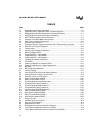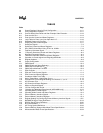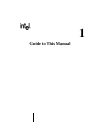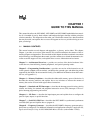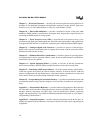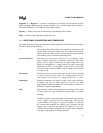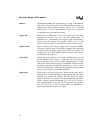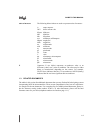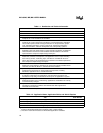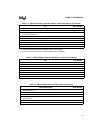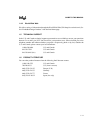
8XC196MC, MD, MH USER’S MANUAL
1-4
numbers Hexadecimal numbers are represented by a string of hexadecimal
digits followed by the character H. Decimal and binary numbers are
represented by their customary notations. (That is, 255 is a decimal
number and 1111 1111 is a binary number. In some cases, the letter B
is appended to binary numbers for clarity.)
register bits Bit locations are indexed by 7:0 (or 15:0), where bit 0 is the least-
significant bit and bit 7 (or 15) is the most-significant bit. An
individual bit is represented by the register name, followed by a
period and the bit number. For example, WSR.7 is bit 7 of the
window selection register. In some discussions, bit names are used.
register names Register mnemonics are shown in upper case. For example, TIMER2
is the timer 2 register; timer 2 is the timer. A register name containing
a lowercase italic character represents more than one register. For
example, the x in Px_REG indicates that the register name refers to
any of the port data registers.
reserved bits Certain bits are described as reserved bits. In illustrations, reserved
bits are indicated with a dash (—). These bits are not used in this
device, but they may be used in future implementations. To help
ensure that a current software design is compatible with future imple-
mentations, reserved bits should be cleared (given a value of “0”) or
left in their default states, unless otherwise noted. Do not rely on the
values of reserved bits; consider them undefined.
signal names Signal names are shown in upper case. When several signals share a
common name, an individual signal is represented by the signal name
followed by a number. For example, the EPA signals are named
EPA0, EPA1, EPA2, etc. Port pins are represented by the port abbre-
viation, a period, and the pin number (e.g., P1.0, P1.1); a range of
pins is represented by Px.y:z (e.g., P1.4:0 represents five port pins:
P1.4, P1.3, P1.2, P1.1, P1.0). A pound symbol (#) appended to a
signal name identifies an active-low signal.



